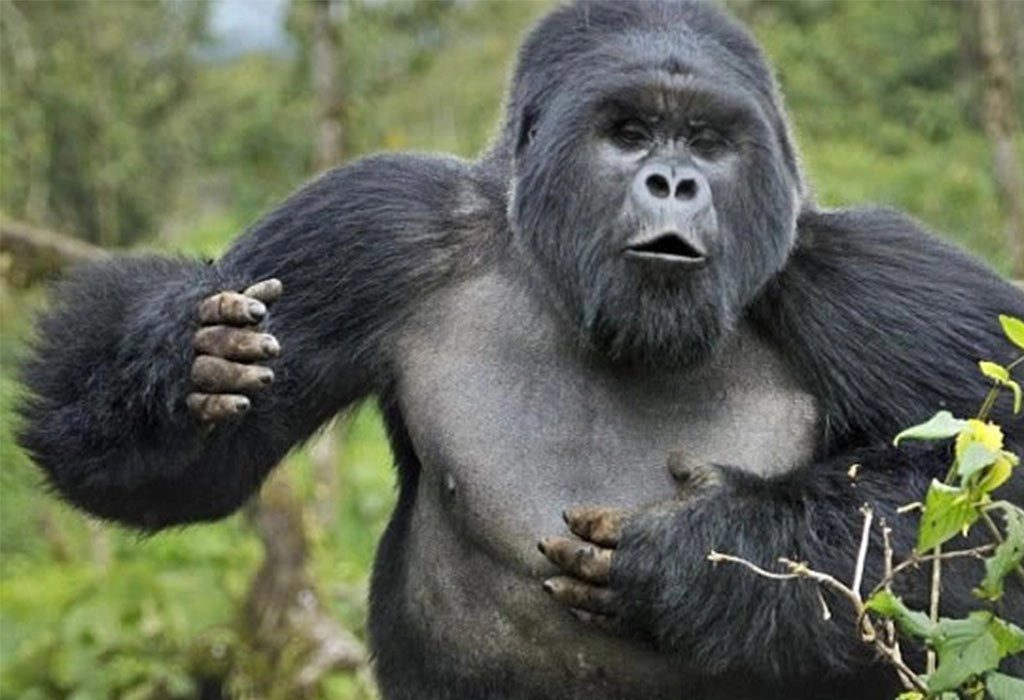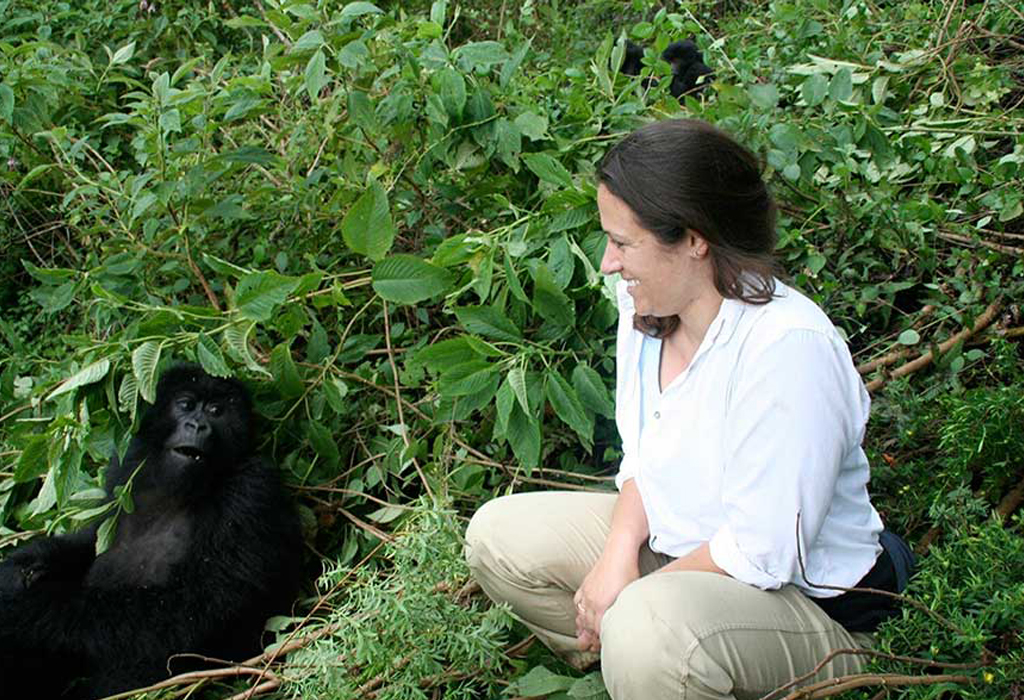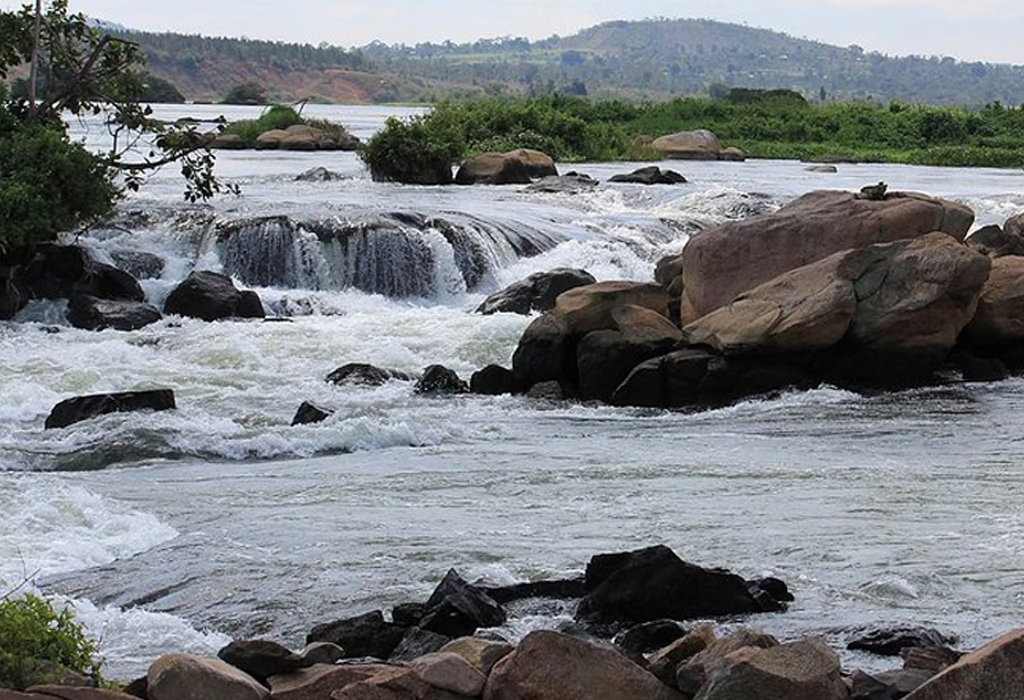
Waterfalls in Jinja Uganda
Waterfalls in Jinja Uganda
There’s something magical about the sound of a waterfall. The moment you hear water crashing over rocks, your spirit wakes up, your senses come alive, and the world feels wonderfully alive. In Jinja, Uganda a town famously known as the source of the Nile this magic flows freely. The waterfalls here are not just about water tumbling over rocks. They are stories of nature, culture, history, and adrenaline, all wrapped in mist and mystery. Whether you’re an adventure seeker or a nature lover, Jinja’s waterfalls are some of the most inspiring places to explore in Uganda.
The Power of Nature at Its Finest
Jinja sits where Lake Victoria releases the mighty River Nile. As the river begins its journey northward, it dances through rock formations, falls, rapids, and lush forests. It’s this interaction between water and earth that creates some of the most stunning natural waterfalls in the region. These waterfalls are not towering in height like Murchison Falls, but their charm lies in the energy they release, the life they support, and the unique experiences they offer to visitors.
Griffin Falls: Adventure in the Forest
Hidden deep within the Mabira Forest, Griffin Falls is one of the lesser-known gems around Jinja. It’s not only about the waterfall itself, but the entire experience of getting there. A walk or mountain bike ride through Mabira Forest leads you to this tranquil waterfall, where the sound of birds and rustling leaves adds to the calm. The falls are modest in size but beautifully surrounded by thick forest, making it feel like a sacred place untouched by time.
Griffin Falls is also the site of the Griffin Falls Camp, famous for its exhilarating canopy zip-lining. As you glide from one treetop to another, you’ll catch glimpses of the waterfall, the forest canopy, and maybe even monkeys swinging through the trees. It’s a perfect blend of thrill and serenity.
Itanda Falls: The Wild Heart of the Nile
About 27 kilometers from Jinja town lies Itanda Falls, the crown jewel of waterfalls in the area. This is where the Nile loses its calm and bursts into whitewater chaos, creating one of the best spots in East Africa for white-water rafting, kayaking, and river surfing. Unlike traditional waterfalls that drop vertically, Itanda stretches widely and roars over a series of rocks with explosive force. The energy here is electric.
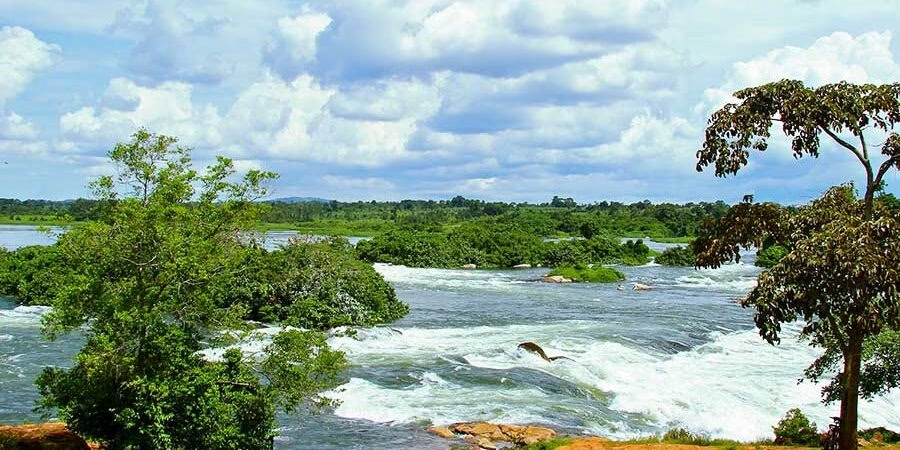
For the adventurous, Itanda is an adrenaline paradise. The rapids are classified as Grade V, making them suitable for seasoned rafters looking for a thrilling ride. But even if you’re not into adventure sports, just standing at the edge of the river and watching the drama unfold is a powerful experience. The view of the water pounding over rocks, the mist rising into the air, and the sheer volume of sound is humbling and unforgettable.
Kalagala Falls: Scenic and Spiritual
Further downstream from Itanda lies Kalagala Falls, a place where power meets beauty. The falls are similar in nature to Itanda but are often less crowded, making them ideal for those seeking peace and solitude. Here, the Nile breaks into multiple channels, carving its way around rocks and islands, creating an endless visual and auditory symphony.
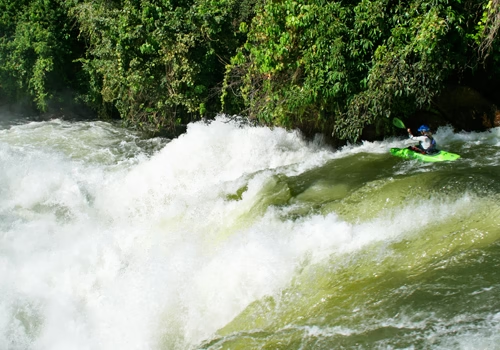
Kalagala is not only scenic but also spiritual. Many locals regard the area as sacred, and cultural rituals are occasionally performed here. The surrounding landscape is perfect for picnics, nature walks, and meditation. Standing by Kalagala Falls, you feel a sense of timelessness as if the river has been whispering secrets here for thousands of years.
Busowoko Falls: The Peaceful Paradise
One of the most serene and accessible waterfalls in Jinja is Busowoko Falls. Tucked away along the Nile, Busowoko is a growing favorite among both local and international visitors. The setting here is intimate. The water cascades gently over rocks into small pools, offering a peaceful escape from the noise of life.
Busowoko is perfect for families and anyone looking for a quieter connection with nature. Some areas are safe for swimming, and you can enjoy a meal by the water’s edge as you listen to the soft rhythms of the river. Several tour operators now offer boat rides to Busowoko Falls, and it’s becoming an ideal location for nature photography, camping, and riverside events.
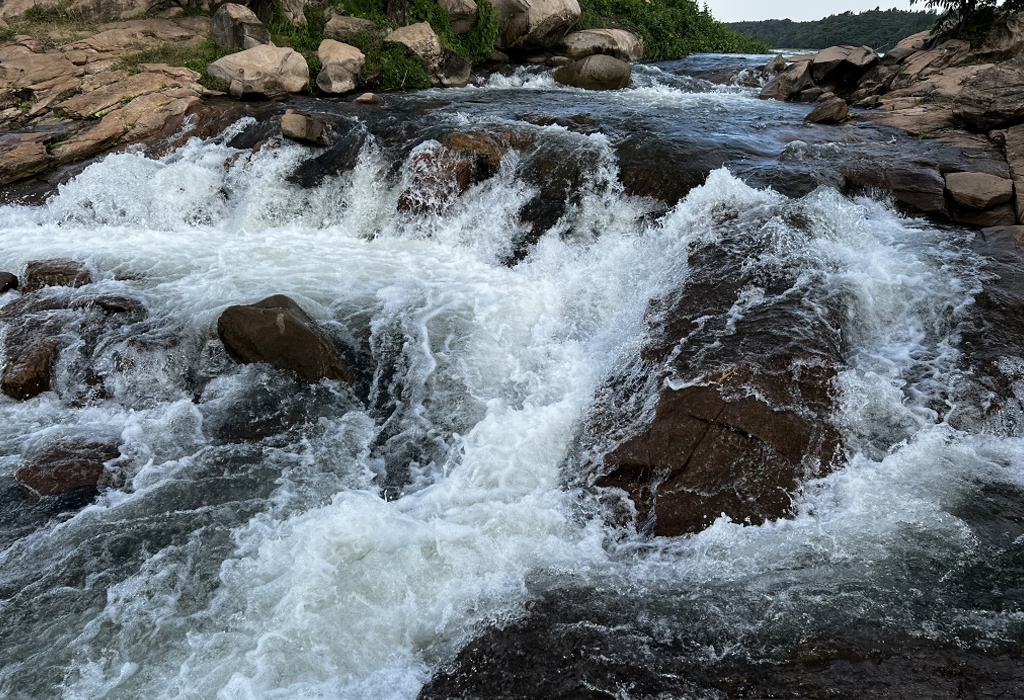 Cultural and Ecological Importance
Cultural and Ecological Importance
The waterfalls around Jinja are not just natural attractions. They are part of a much deeper ecological and cultural system. These falls provide habitats for various bird species, insects, fish, and amphibians. For communities living along the Nile, the waterfalls offer water for agriculture, fishing grounds, and hold deep cultural significance. Some tribes, especially the Basoga, have traditional stories that speak of spirits residing in these waters.
By visiting these waterfalls, you contribute to their preservation. Many local organizations and eco-tourism groups around Jinja are working to protect the river’s natural flow and minimize the impact of deforestation and plastic pollution. Your visit becomes part of that larger movement to keep nature wild and beautiful.
Best Time to Visit
Waterfalls in Jinja can be visited year-round, but the experience varies depending on the season. During the rainy season (March–May and September–November), the river swells, and the waterfalls become more powerful, though some roads may be muddy. In the dry season (December–February and June–August), the area is easier to navigate, and activities like rafting and hiking are at their best. Morning and late afternoon visits offer the best light for photography and a more peaceful ambiance.
Getting There and What to Pack
Jinja is about a two-hour drive from Kampala, making it a perfect weekend escape. Most waterfalls are accessible by car, though some require short hikes or boat rides. You can book guided tours, self-drive, or use local boda-bodas once in Jinja town.
Pack light but smart:
-
Comfortable walking shoes or hiking boots
-
A waterproof bag or dry sack for electronics
-
Sunscreen and insect repellent
-
Refillable water bottle
-
A good camera or smartphone for capturing the moments

